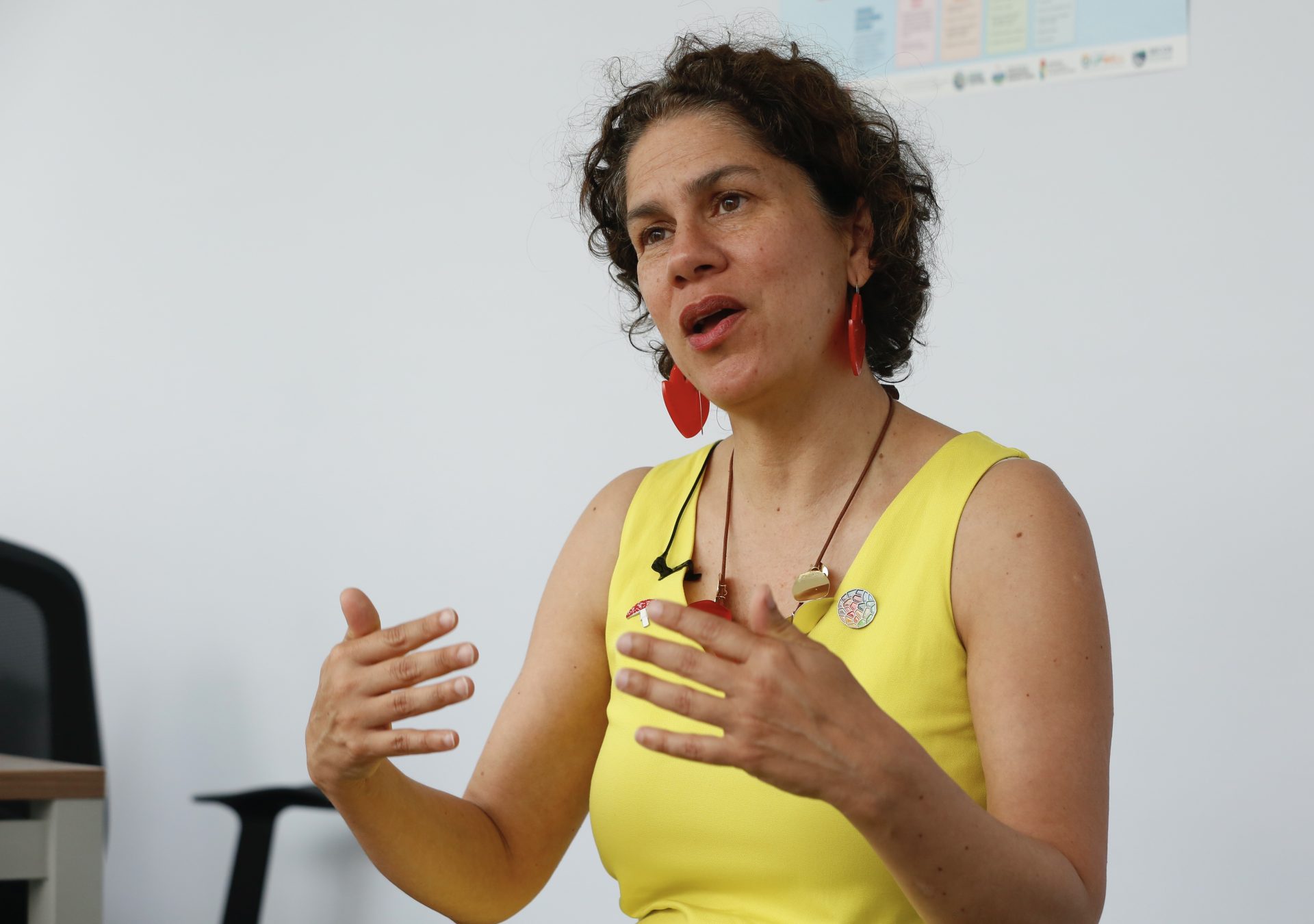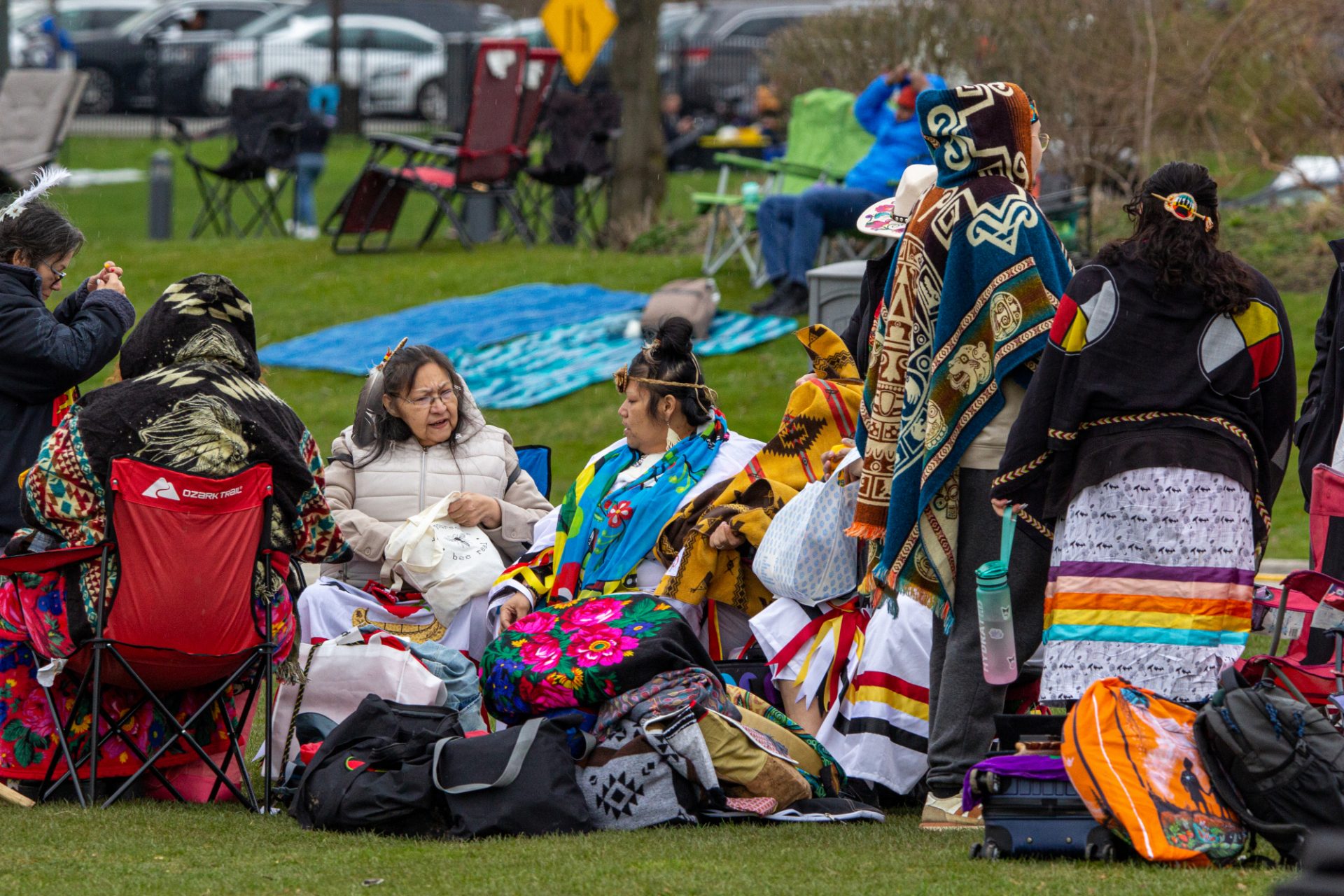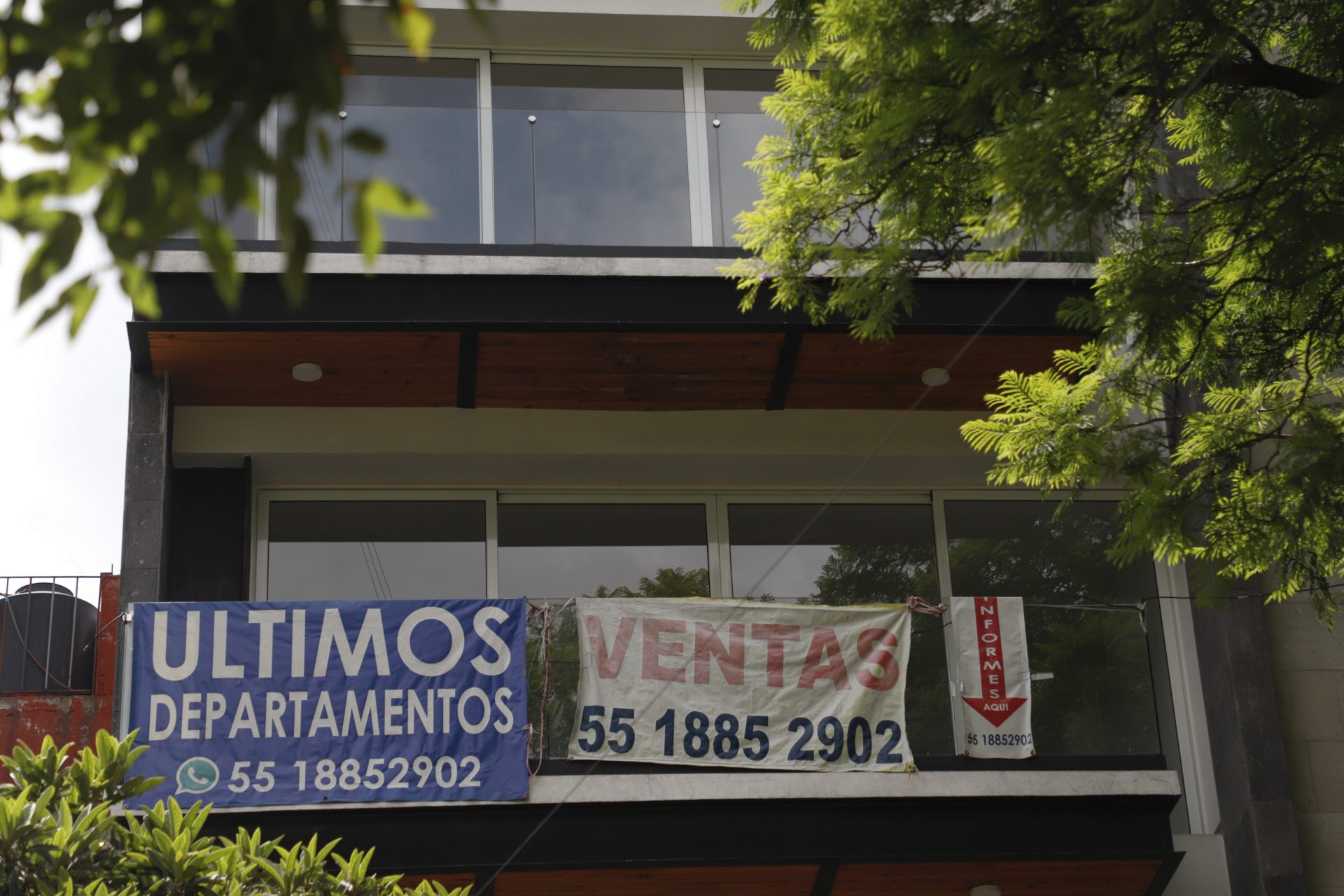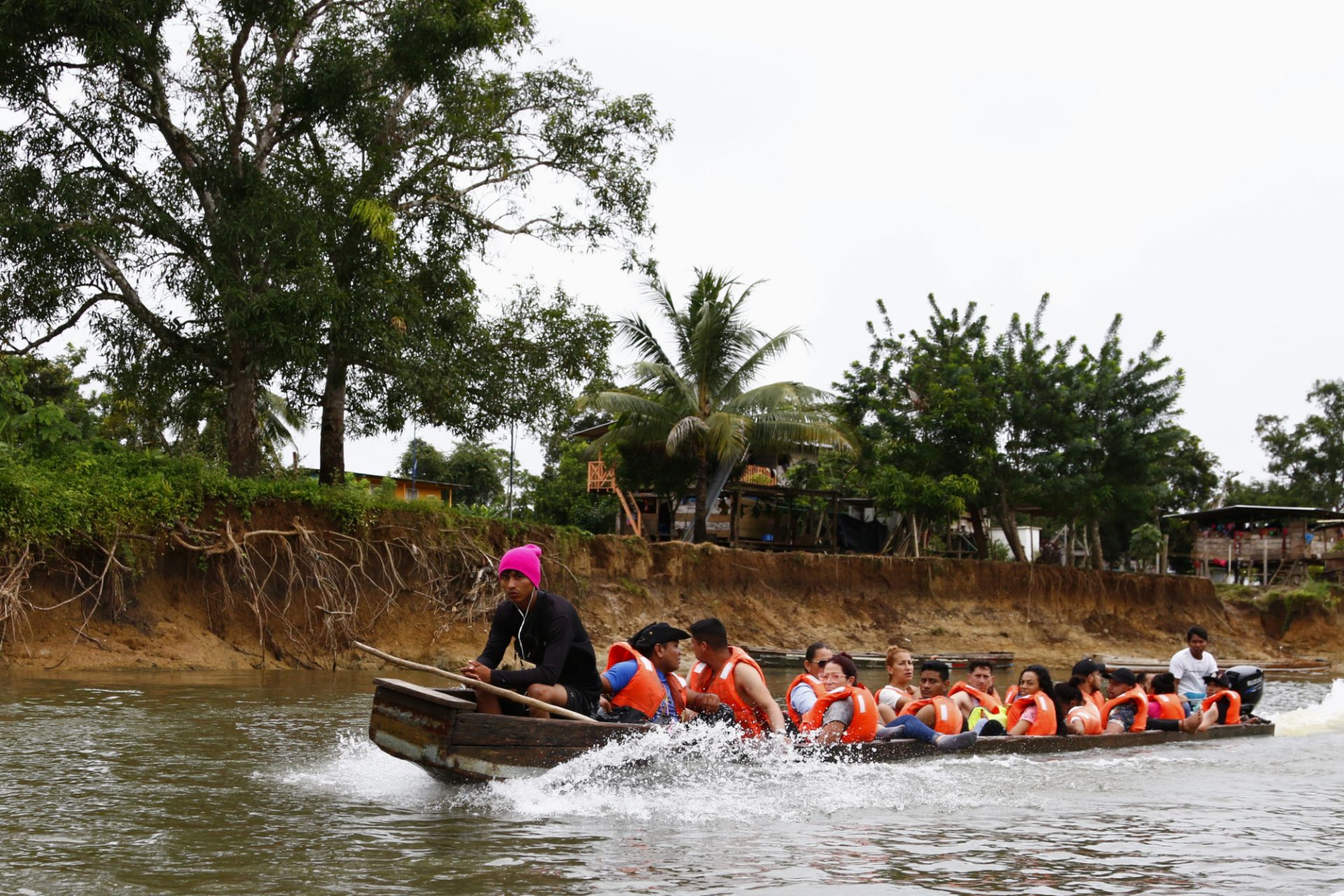Quito, Mar 20 (EFE).– The Quito City Hall is hoping for a progressive recovery of the tourist sector starting in 2021 as anti-Covid vaccination programs gain steam around the world, and Ecuadorian authorities have authorized the entry of people who have been inoculated without requiring a PCR test.
“We estimate growth this year of 31-32 percent, and that’s a lot but it can be attained keeping in mind that the vaccination procedures in the (tourist) sending countries are moving forward quite quickly,” Patricio Velasquez, the technical manager of Quito Turismo, the city’s tourism firm, told EFE.
The Ecuadorian capital hopes to welcome some 250,000 foreign tourists this year, although that is a figure significantly below 2019, when some 700,000 international tourists visited the city.
“In the US, according to surveys, more than 50 percent of the people said that they were ready to resume their international trips this year,” he added regarding the short-term change in the trend that local authorities are anticipating.
Ecuador on Wednesday made itself part of this “tourism opening” with an announcement by the National Emergency Operations Committee (COE-n) which starting on Monday will allow the free entry of foreigners bearing vaccination passports or certificates.
“Those citizens who enter by air and present the vaccination card with the full doses will be able to enter without presenting a negative PCR test,” COE-n president Juan Zapata said.
The Tourism Ministry has said that this is “an opportunity to reactivate tourism” in Ecuador and that it means welcoming already-vaccinated people – who number some 83 million worldwide – according to Deputy Minister Ricardo Zambrano.
The country’s tourism strategy for 2021 mainly includes countries within the Americas, because of their proximity.
Velasquez mentioned the US as the “No. 1” target for Ecuadorian tourism efforts because it is Quito’s main tourism market, there are quite a number of medium-distance flights to and from US cities and “what still concerns many people are trans-Atlantic flights.”
Tourism from “Europe, we believe, is going to take a little longer,” he said, but in terms of regional tourism “there are also expectations regarding Colombia, our second market, because it’s got a situation similar to ours” and “we’re hoping that corporate trips also get reactivated.”
In general, the municipal official said, “Latin American countries share many things and among those is the confidence in the destinations. We see ourselves as being really close.”
Ecuador has tallied 306,000 confirmed coronavirus cases since the pandemic began, and on Jan. 21 the country began its own vaccination campaign which, although it’s been going slowly so far, is expected to surge in March with the arrival of more than 1.3 million vaccine doses.
Through yearend, the government hopes to immunize nine million of the country’s 17 million inhabitants.
“There are signs that we can recover. There are others that we can’t. Although the scenario is uncertain, I want to be optimistic … because already travel plans for the second quarter are becoming evident,” Velasquez said.
The full recovery of tourism, according to international entities, will only come in 2024 or 2025.
Quito Turismo has spent the last nine months preparing itself for tourism to resume with biosecurity projects and increasing nature tourism activities.
And tourism focusing on Ecuador’s colonial history – with that infrastructure the best preserved in the Americas – and on its beautiful rural areas is also expected to resume.
Last year ended with 190,147 tourists visiting Ecuador, the 72 percent decline the result of the pandemic and travel restrictions.






